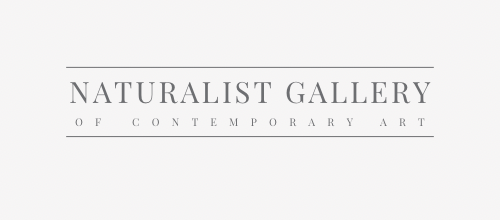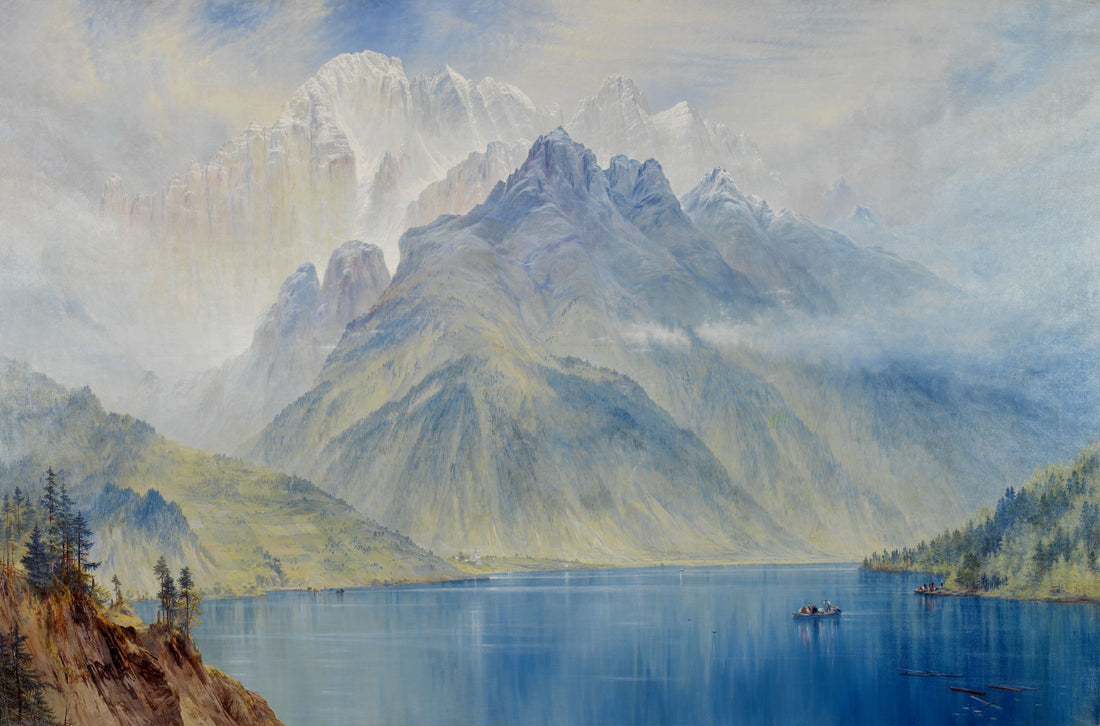Featured image: Monte Civetta (1867) Elijah Walton
Aerial perspective, also known as atmospheric perspective, is a pivotal technique in art that creates the illusion of depth and distance in paintings and drawings.
Aerial perspective in art is a technique that creates depth by altering color and tone, making distant objects bluer, less detailed, and lighter. It mimics atmospheric effects, like scattering of light, to enhance the illusion of distance in a painting.
This method modulates color to simulate changes effected by the atmosphere on objects seen from afar.
Explore our curated selection of contemporary artists from around the globe.
Naturalist Gallery offers artist representation internationally. Apply your art.

Near Glarus, Switzerland (1781) John Warwick Smith
1. Understanding Aerial Perspective
- Definition: Aerial perspective is achieved by altering color and tone in a work to replicate the effect of the atmosphere on distant objects.
- Scientific Basis: The scattering of light by atmospheric particles, affecting how we perceive color and clarity at a distance.
2. Historical Context and Development
- Early Examples: Ancient Greco-Roman wall paintings and the rediscovery by Flemish painters in the 15th century.
- Leonardo da Vinci's Contribution: His Treatise on Painting and the first use of the term aerial perspective.
3. Key Characteristics of Aerial Perspective
- Color Changes: Distant objects tend toward blue as blue light is scattered most.
- Detail and Contrast: Distant forms appear less distinct, with softened edges and reduced contrast.

Cascade de la Folie, Chamonix (1905) John Ruskin
4. Notable Applications in Art
- Examples from Masters: Joachim Patinir's 'Landscape with the Flight into Egypt' and J.M.W. Turner's use of aerial perspective.
- Modern Usage: The technique's continued application in contemporary landscape paintings.
5. Technique and Application
- The Four Elements of Aerial Perspective: Size, detail, tone, and color changes relative to distance.
- Practical Tips: How to apply these elements in creating layered landscape drawings.
6. The Role of Light and Atmosphere
- Natural Light Sources: The interaction of sunlight and the earth's atmosphere in creating aerial perspective.
- Weather Conditions: The use of fog, haze, snow, and rain to enhance the effect of aerial perspective in art.
Aerial perspective remains an essential technique for artists seeking to add realism and depth to their works. Understanding and applying this technique allows artists to create more immersive and realistic landscapes, bridging the gap between art and the natural world.
Learn more About Naturalist Gallery of Contemporary Art.

Alcazar, Segovia, Spain (1836) David Roberts
You may also find the following articles helpful:
Form: Understanding Dimensionality
Tone in Art: Understanding Color Value
Line: Types, Techniques, Element of Art
How to Get Your Work in an Art Gallery

